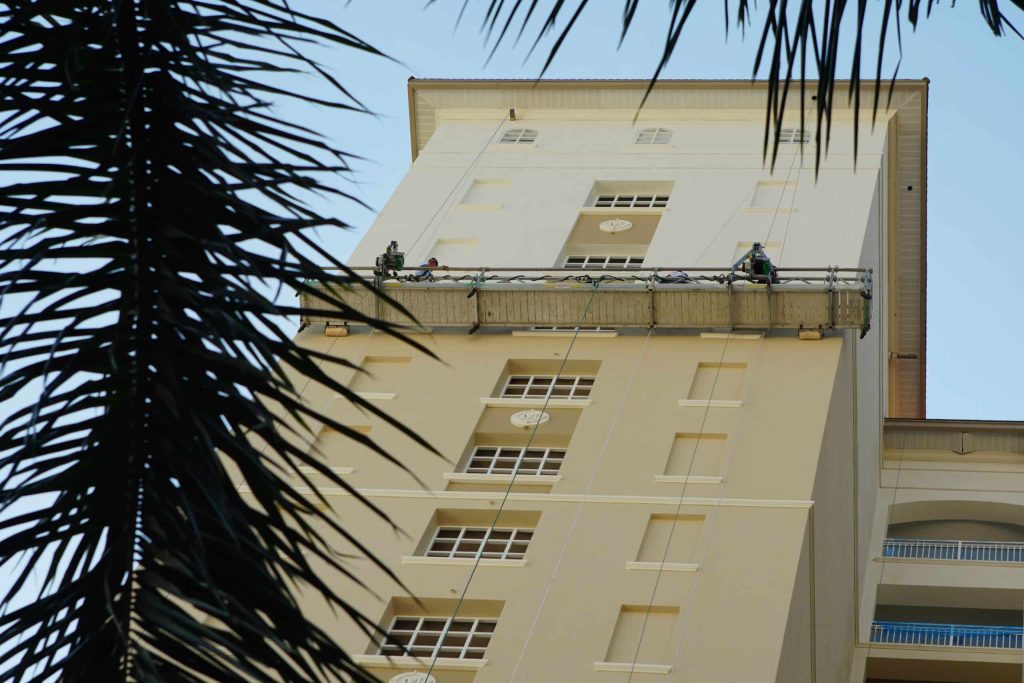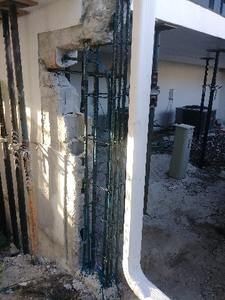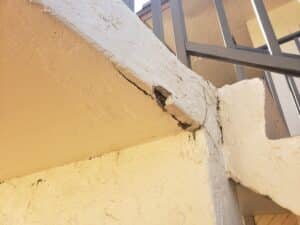The transformation of a commercial high-rise building is not merely a physical metamorphosis. It is an artistic endeavor that requires a meticulous blending of technique, safety measures, and innovative solutions. It’s a colossal task that holds the potential to breathe new life into a city’s skyline, enhance a corporate image or even make a statement about a company’s environmental commitment.
With that in mind, let’s break down what commercial high-rise painting entails, illustrating its myriad benefits, the sophisticated techniques employed, and the best practices that guarantee a successful project.
The Benefits of Commercial High-Rise Painting
Investing in professional painting services for commercial high-rise buildings offers numerous advantages, including:
1. Protection Against Weather: A well-applied paint job provides a strong barrier against the damaging effects of rain, wind, and sunlight, prolonging the life of the building’s exterior.
2. UV Radiation Resistance: High-quality paints and coatings often include UV-resistant properties, minimizing deterioration and discoloration from sun exposure.
3. Enhanced Curb Appeal: A fresh coat of paint revitalizes your high-rise property’s appearance, creating a lasting impression on tenants, visitors, and passers-by.
4. Increased Property Value: Regularly maintaining and upgrading your building’s exterior contributes to its overall value, making it a more attractive investment prospect.
5. Energy Efficiency: Light-colored, reflective paint can help decrease the amount of heat absorbed by the building, potentially lowering energy costs for cooling systems.
High-Rise Painting Techniques
To ensure efficiency, safety, and outstanding results, specialized techniques are employed in commercial high-rise painting projects, such as:
1. Rigging and Suspended Access: High-rise painting contractors often utilize suspended scaffold systems or swing stages to efficiently access upper levels of the building while maintaining a secure working environment.
2. Rope Access Techniques: Professional painters with specialized training in industrial rope access techniques can safely and effectively conduct painting tasks at extreme heights with minimal disruption to building occupants.
3. Power Washing: Before painting, contractors may use power washing equipment to thoroughly clean and prepare the exterior surfaces, removing dirt, debris, and old paint.
4. Spray Painting: Utilizing spray painting equipment can provide a smoother, more uniform finish than traditional brush or roller methods and save time when applied on large surface areas.
Material Innovations in Paints and Coatings
The painting industry has seen numerous advancements in paint and coating materials that enhance performance, durability, and visual appeal:
1. Elastomeric Coatings: These flexible, waterproof coatings form a protective layer over masonry, stucco, and concrete exterior surfaces, offering exceptional resistance to water penetration and cracks.
2. Low-VOC and Zero-VOC Paints: Environmentally-friendly paints minimize volatile organic compounds (VOCs), improving indoor air quality and reducing the paint’s odorous emissions.
3. Heat Reflective Paints: Engineered with reflective properties, these paints decrease heat absorption in a building, enhancing energy efficiency and offering potential cost-saving benefits.
4. Anti-Graffiti Coatings: Applied to high-vulnerability areas, these coatings simplify graffiti removal, enabling quick and cost-effective clean-up and maintenance without damaging the building’s paintwork.
Best Practices for Commercial High-Rise Painting
Implementing essential best practices can significantly improve the success of your high-rise painting project:
1. Proper Surface Preparation: Thoroughly cleaning and repairing exterior surfaces before painting is crucial to achieving a smooth, long-lasting coat. This may include pressure washing, scraping, sanding, filling cracks, and priming.
2. Selecting the Right Materials: Choosing high-quality paints, coatings, and equipment tailored to your building’s exterior surfaces and environment can contribute to a more visually appealing and lasting paint job.
3. Adhering to Safety Guidelines: Ensuring the safety of personnel and the public during high-rise painting projects is paramount; therefore, contractors should adhere to strict safety standards, such as proper safety equipment, fall protection systems, and rigorous worker training.
4. Hiring Qualified Professionals: A skilled contractor with experience and expertise in commercial high-rise painting is more likely to deliver exceptional results, provide valuable guidance, and ensure the project meets all applicable safety and building codes.
Understanding the Potential of Commercial High-Rise Painting
Interestingly, the integration of technology into high-rise painting operations has emerged as a significant trend, with innovations like drones and advanced painting equipment contributing to increased efficiency, improved safety, and superior painting outcomes.
McLeod’s Contracting Solutions, certified and insured general contractors in Florida, have the knowledge, experience, and dedication to providing expert services for your commercial high-rise painting needs. Contact us today for a free consultation, and let us help you unlock the full potential of your high-rise property with our quality painting services.







